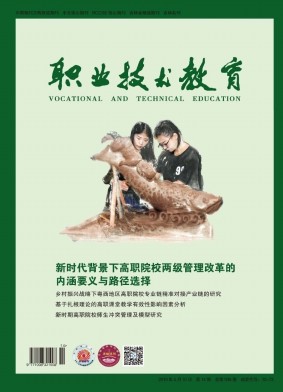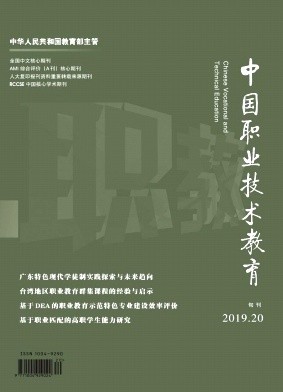摘要 为降低运动测量系统复杂度、提高运动误差估计精度,使用回波数据与惯性导航系统(INS)数据两种数据源联合估计合成孔径声纳的运动误差,形成一种基于重叠相位中心(DPC)算法和INS的DPC联合INS算法。利用回波的多子阵空间互相关矩阵估计声纳的前向速度,结合INS姿态角解算出DPC方法下的三向速度,采用卡尔曼滤波算法融合DPC算法的三向速度与INS的三向加速度,输出声纳速度的最优值,从而计算运动误差。湖试数据处理结果表明:DPC与INS联合算法相比于传统的DPC算法,融合了INS的加速度数据,使速度曲线变得更加陡峭,增加了细节信息,提高了声纳速度估计的准确性;经过运动补偿后,图像质量得到提高,目标散焦和重影的现象均得到改善。 A displaced phase center(DPC)aided inertial navigation system(INS)combination method is proposed to reduce the complexity of motion measurement system and improve the estimation accuracy of motion error of synthetic aperture sonar.A multiple-receiver spatial mutual correlation matrix is built to estimate the forward velocity of sonar in reference to DPC method,and then three-dimensional velocity can be calculated with the attitude angle from INS.Kalman filter is applied to fuse data from DPC and INS,which outputs the optimal estimation of the velocity.Finally,the motion error is calculated with the integral of the velocity.The field experimental results show that DPC aided INS combination method,in comparison to DPC algorithm,increases more motion details that the velocity curve gets sharper,which means a good performance in the estimation of velocity.After motion compensation,the image quality gets improved with better focus and less ghosting.
出处 《兵工学报》 EI CAS CSCD 北大核心 2021年第3期588-597,共10页 Acta Armamentarii
基金 中国科学院声学研究所青年英才计划项目(QNYC201803) 中国科学院青年创新促进会项目(2019023)。
关键词 合成孔径声纳 运动误差 重叠相位中心 惯性导航系统 卡尔曼滤波算法 synthetic aperture sonar motion error displaced phase center inertial navigation system Kalman filter algorithm




